Siberian Cat vs Ragdoll: Which Cat Should I Get?
Different cat lovers all over the world have varied preferences when it comes to deciding which cat to get. Some prefer short-haired kittens such as a Cornish Rex whose features are more defining and open to be displayed while the rest would go for felines that are furry, fluffy, and thick in their looks.
Two of the very in-demand shaggy types are the Siberian Cat and the Ragdoll. Their general likeness in physical features might make anyone have a hard time telling them apart. Although they are individually distinct, they have outstanding personalities that can easily win the hearts of many- even if you are a hardcore dog lover!
To have a clearer contrast between these two cats, we’ll lay out all of their unique characteristics and areas in which they might share interests to ease the pressure on your decision-making. Let’s take a look.
Table of Contents
Breed Origins
Siberian Cat
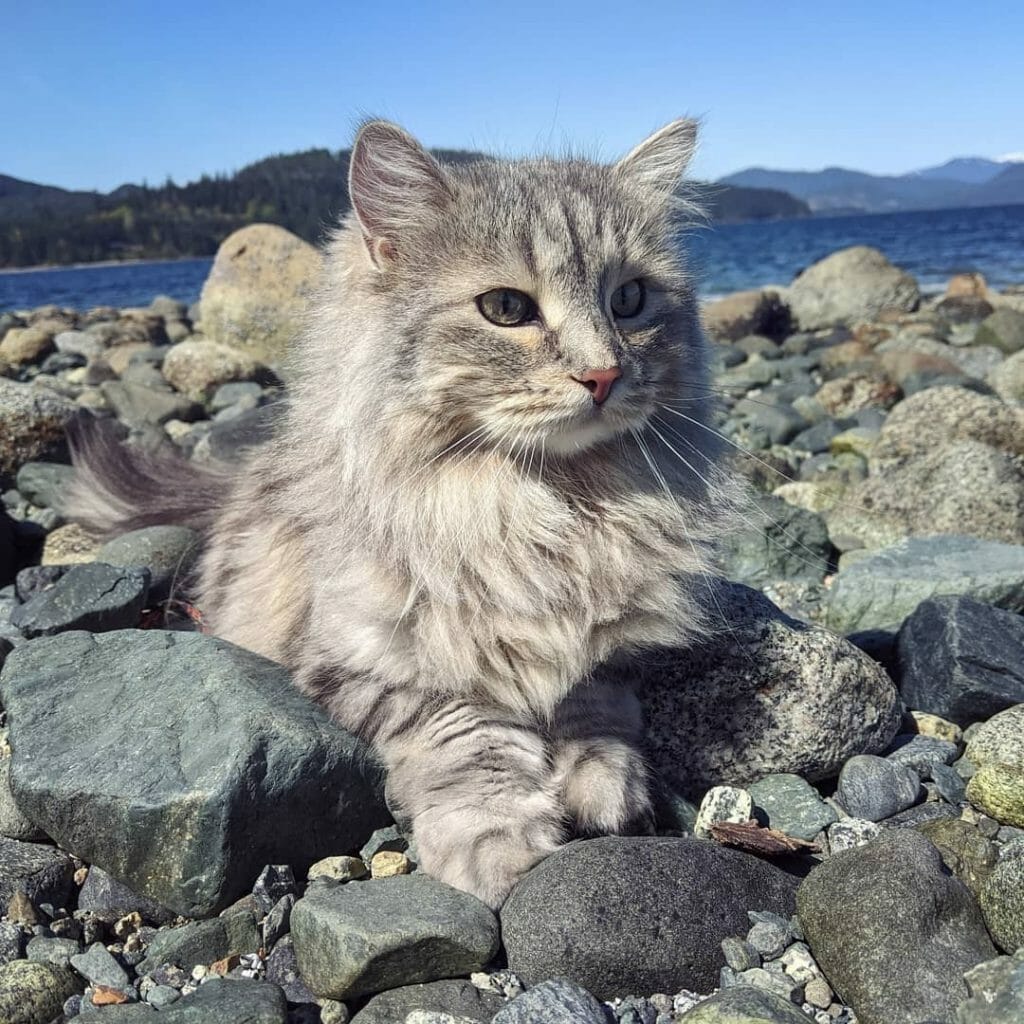

It is widely accepted knowledge that Siberian kitties started to exist a thousand years ago in the thick forest of Siberia hence the name. However, there are no sufficient records that could point how he exactly came to be. One thing is speculated though- that he is the ancestor of all long-haired cats we see today.
What led them to become domesticated is the harsh Siberian weather which prompted them to seek refuge in places like monasteries and farms. Owners who kept them took advantage of this cat breed, which is notorious for eliminating rats and rodents in the area.
Later on, Siberian cats reached the UK through Russian immigrants. The US only started receiving a handful of this cat type in the 1990s due to expensive importing costs. Nevertheless, Elizabeth Terrell made this possible with her enthusiasm to introduce this wonderful kitty.
Ragdoll
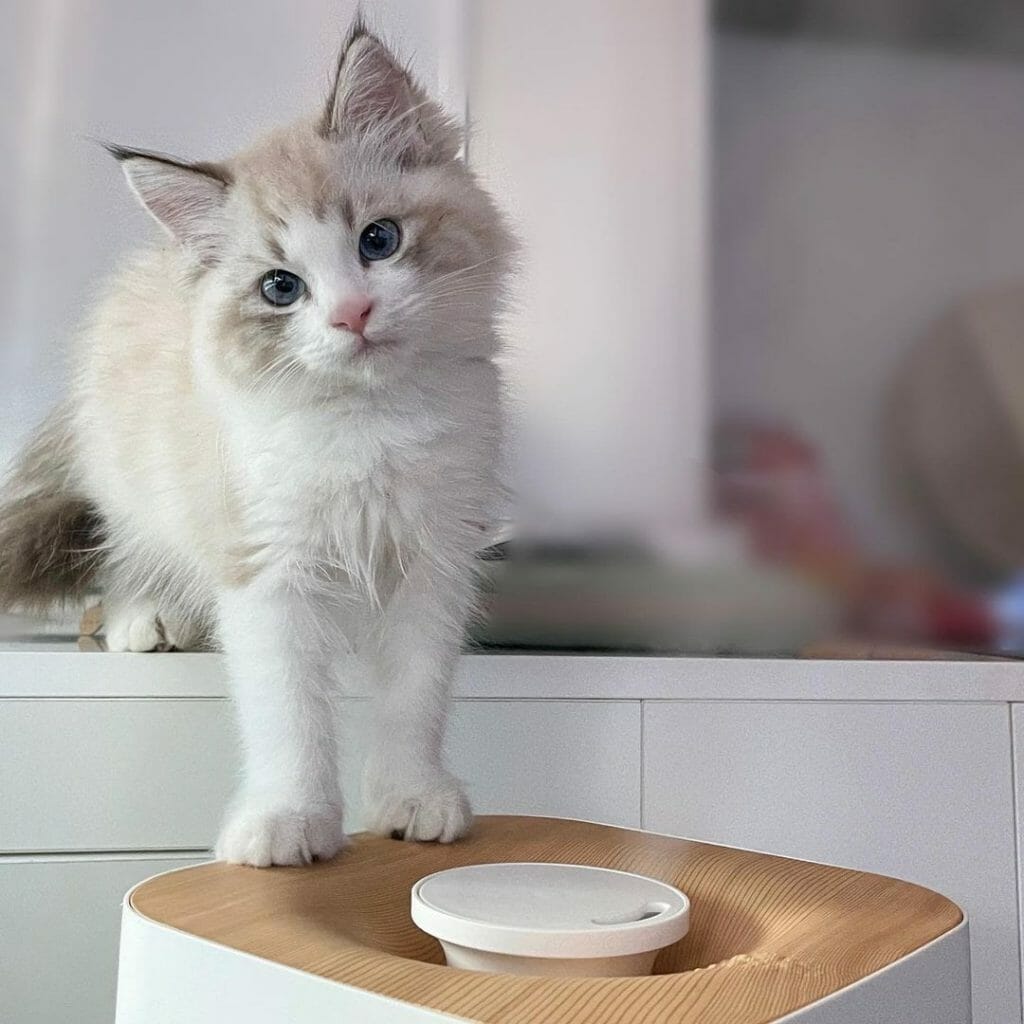

The start of the Ragdoll’s actuality started in the mid-1960s in Riverside, California. Ann Baker was the main contributor to this success although she had turned the events peculiarly. The Ragdoll cat started all the way from a half-feral Persian cat named Josephine who wasn’t properly tamed. Later on, Josephine was critically hit by a car but she survived and healed well.
After a short period, Josephine gave birth to a litter of mixed breed cats that were friendlier, calm, and docile. Baker bought a few kittens and had several theories about this which included that the post-trauma had something to do with the temper and that the local university fixed the cat’s genes through classified experiments. Both of these conjectures are false.
Subsequently, Baker trademarked the breed and didn’t permit breeding unless it’s under her supervision. When this eventually came to an end, the number of Ragdolls leaped although the supply is still unproportionate to the demands of cat fanciers worldwide.
Size, Appearance, Coloring
Siberian Cat
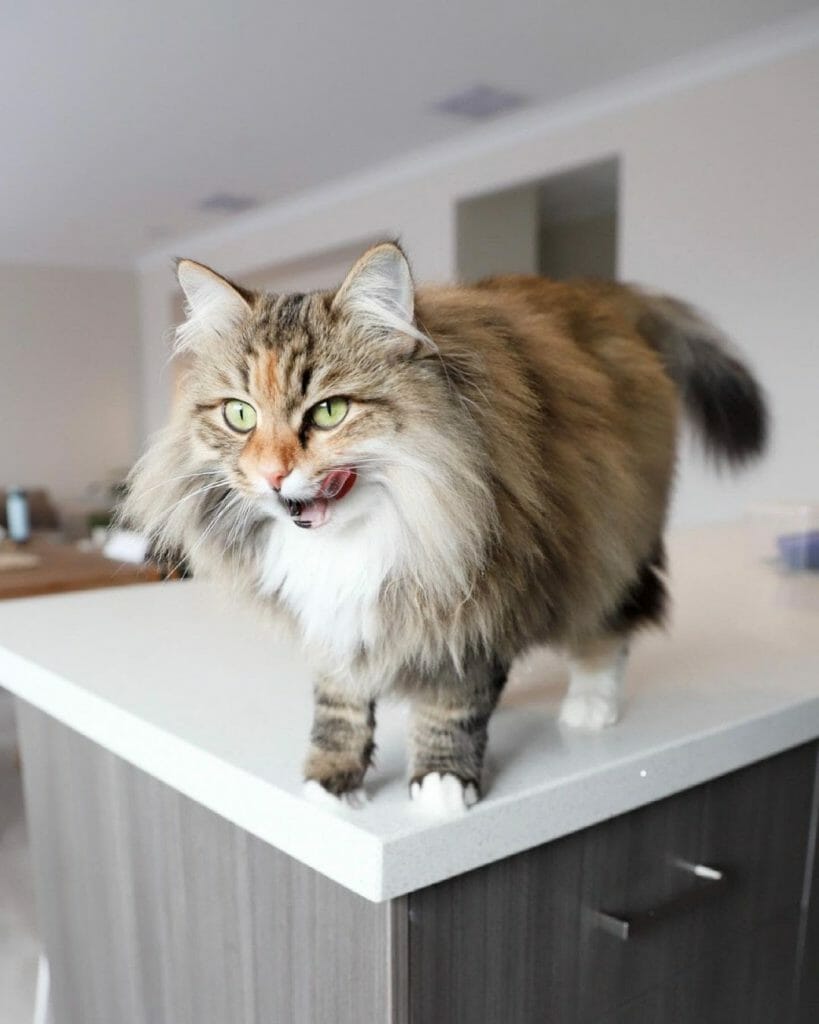

The size of this cat breed can range from medium to large. His eyes are nearly rounded and are expressively large. The muzzle is typically rounded but males have more defined jowls while the ears are medium, rounded on the tips, and wide in the base. The body is quite muscular when felt but it initially gives off a fluffy impression thanks to his three-layered coats. All of his features balance his overall appearance.
As for his color, all-natural shades are acceptable including spots, lockets, and button markings.
Ragdoll
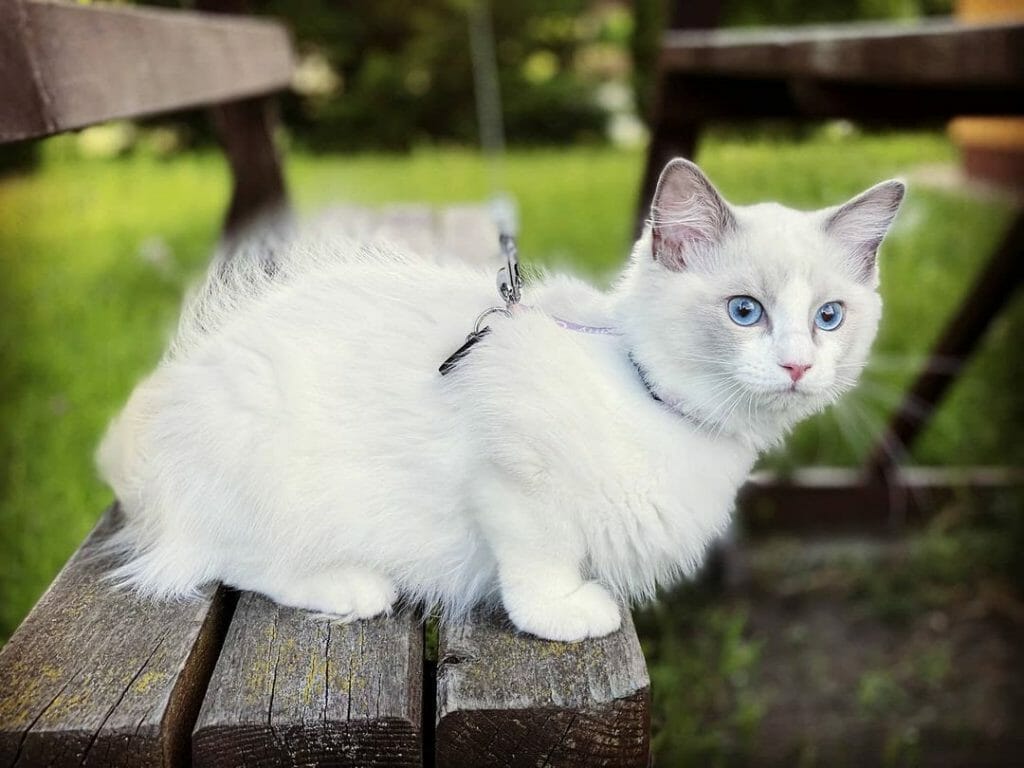

A Ragdoll is a large cat. A purebred kitty is expected to have blue, oval-shaped eyes, with a solid and sturdy body that doesn’t have any extreme traits. Moreover, his head is moderately broad and wedge-shaped with rounded muzzles for females and a more prominent one for males. He has the same ear type as the Siberian and a general appearance of a Siamese Cat.
Remarkably, his coat gets shorter in the summer and longer in the winter season. Recognized colors are:
- Seal
- Chocolate
- Lilac
- Red
- Blue
- Lynx
- Tortoiseshell
Just like a Snowshoe, mitted Ragdolls will have white paws and white markings on their faces.
Temperament
Siberian Cat
Siberian cats are very endearing and playful pets! What’s very fascinating about them is that both their physical and mental maturity runs at a very slow pace. A Siberian cat could reach adulthood once he reaches the age of five years old. With that, any cat owner would be able to enjoy a significant portion of their forest cat acting like kittens.
Despite their childlikeness, Siberians are not boisterous but rather calm and mellow, perfect for families who have kids. They’re very territorial, however, and would challenge anyone whom they’d find as a threat in the pursuit of their owner’s affection.
Ragdoll
The name ‘Ragdoll’ was based on the cat’s tendency to go limp if somebody picks him up. He has a very docile and sweet nature who wouldn’t squirm off your arms when you baby him for long periods. In fact, if you highly prefer super clingy cats, the Ragdoll breed is a perfect choice. Along with this quality is his high level of smartness and tenderness toward kids and the elderly.
Unlike other domestic cat breeds, he prefers being low to the ground. Cat towers are fine, but the Ragdoll would rather step down and roll over the carpets.
Trainability
Siberian Cat
Politeness training along with a reasonable amount of playtime can keep a Siberian feline from getting into mischief. In times when he gets extremely thirsty for a game, he would look for all sorts of ways to satisfy his eagerness to do activities.
Luckily, this intelligent cat can be trained in little tricks through clickers. Positive reinforcements and the inclusion of treats will quicken the process.
Ragdoll
Although there is a common stereotype that cats are not as good as dogs when it comes to training, the Ragdoll begs to differ. He can actually pick up lessons as long as it’s done properly. If you direct him in picking up small items such as a tiny toy or a ball, your Ragdoll can keep up with the instruction and do so accordingly.
In doing drills with your kitty, never use harsh treatment. This will highly discourage your cat and might end up sulking in the corner. Observe which training methods work best for him and include rewards. Moreover, let him socialize early on to improve his behavior and sociability.
Activity Level
Siberian Cat
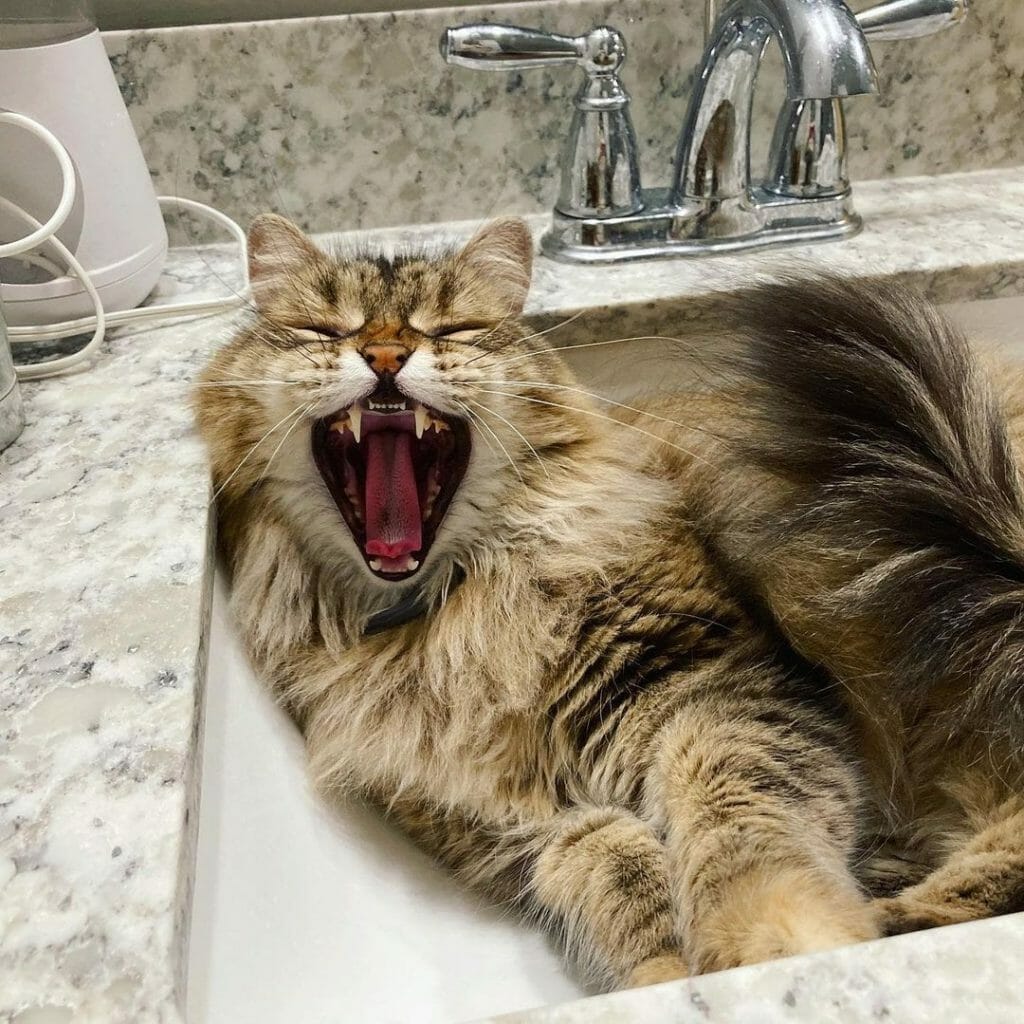

It’s no longer a shocker that Siberian kitties are high-spirited! Since they mature more slowly than the others, their kitty-like attitude will thrive for many years. Expect him to jump around and chase after small moving objects or catch the red dot. If he’s out, he will brag about how amazing his climbing skills are. The first tree he’s interested in will be tested.
He also has astonishing problem-solving behavior. If he is caught in trouble, he can almost immediately think of a way to free himself from the worries.
Ragdoll
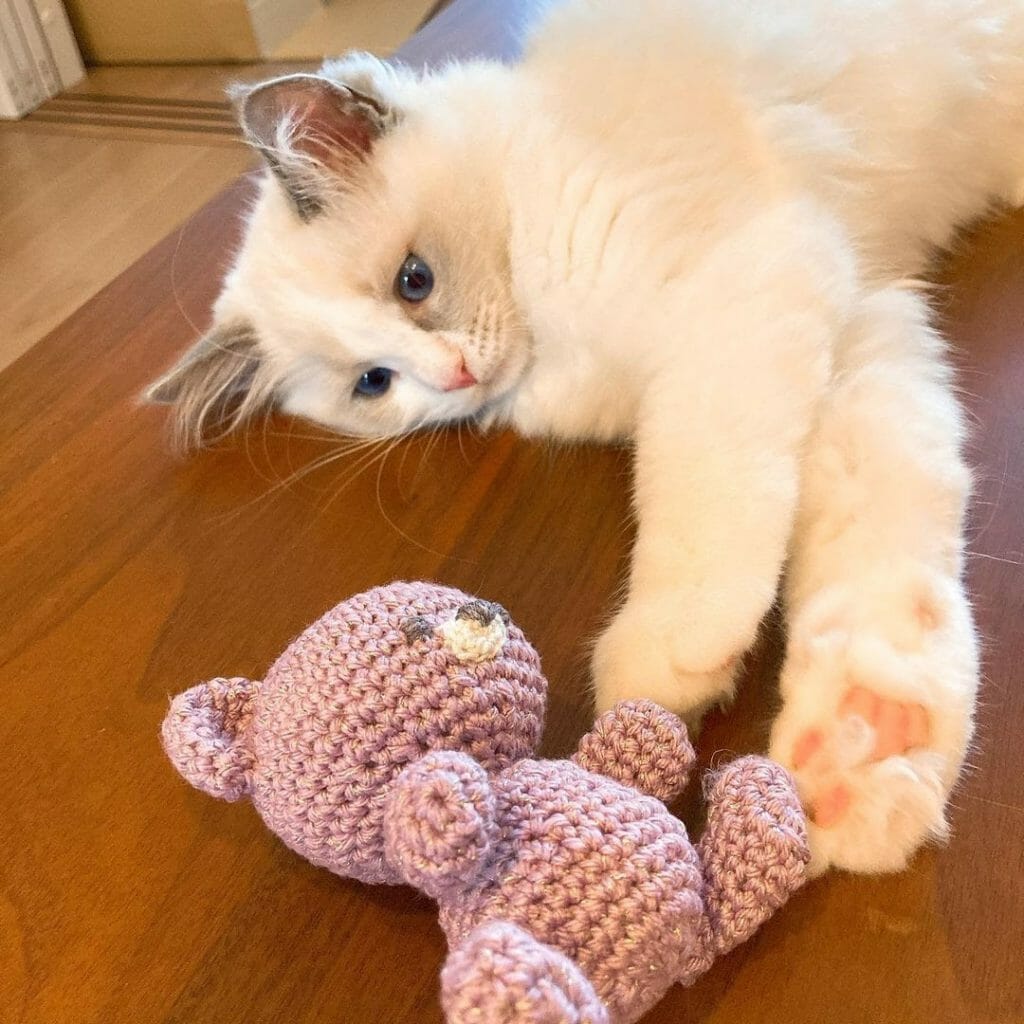

A cat owner who’s disinclined to owning overly active cat breeds such as the Siberian forest cat can switch to a Ragdoll! He is normally calm, behaved, and splendid in manner. His love for lower grounds means that you wouldn’t always see him jumping from one tower to another in your living room.
He also dislikes being clumsy. No matter how narrow the way is, he is capable of walking through without knocking things over.
Environment
Siberian Cat
Siberian cats love interacting with other pets and humans. Never leave your Siberian moggy alone for long periods of time to avoid the onset of separation anxiety disorder. An ideal home for him would be anywhere where there is socialization, challenges, and entertainment.
Generally, this cat breed can withstand cold and hot temperatures as long as they aren’t extreme.
Ragdoll
A Ragdoll can be more sensitive compared to other cat types when it comes to weather temperatures. Even though he looks fluffy, he can’t thrive long in the cold. In fact, he can’t even be left outside without supervision. He needs extra care especially if your Ragdoll is a female and is pregnant. The moment the cat’s core temperature reaches the extreme, breeding dysfunctions may occur.
Grooming
Siberian Cat
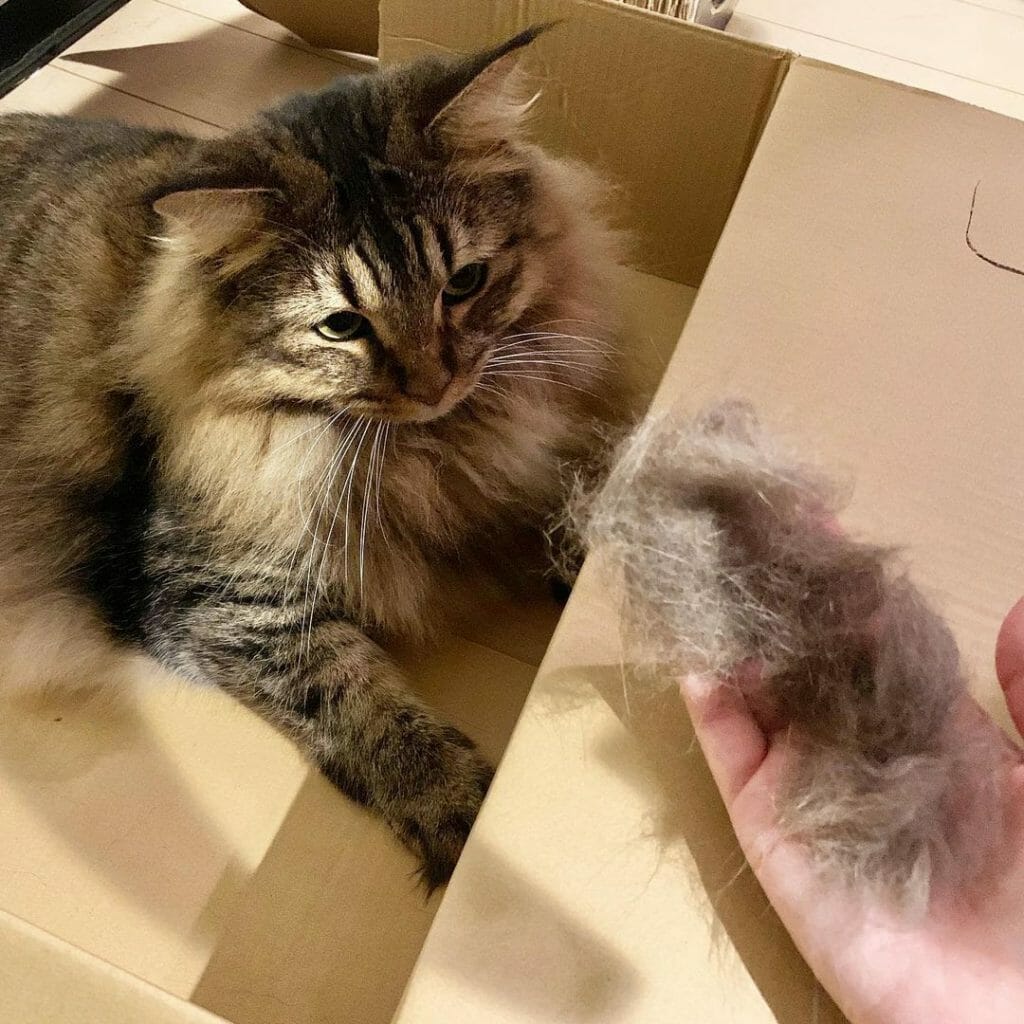

The thick coat makes a Siberian cat prone to matting. A thrice per week brushing will keep his coat healthy and tangle-free. As for his bath, it doesn’t have to be done too often. His coat is water-resistant and dirt cannot easily penetrate right through his fur. Also, aside from his coat needs, the Siberian cat breed would need regular nail trimming, ear and oral cleaning, and eye check-ups.
Ragdoll
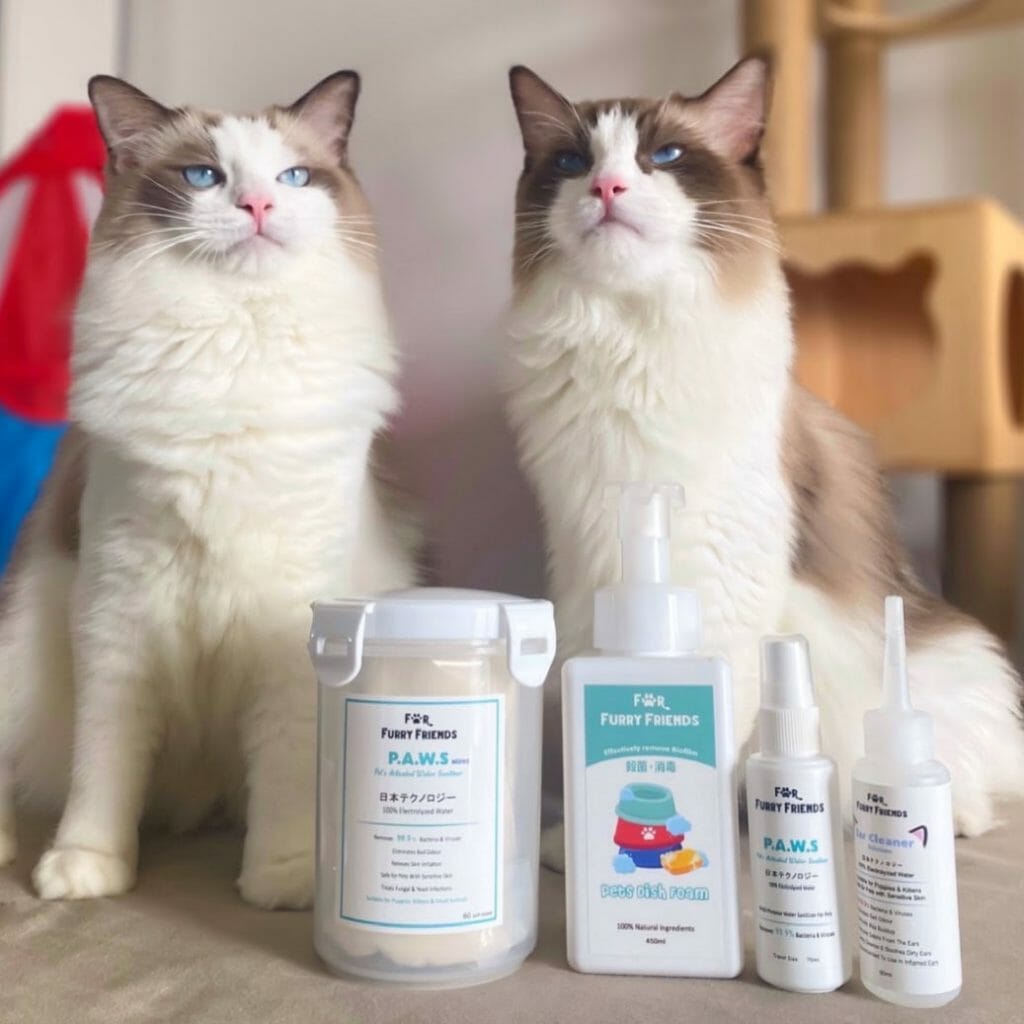

Fortunately, the Ragdoll is labeled as a low-maintenance pet when it comes to grooming! They are very clean and capable of grooming themselves which can take off a huge load from your list of tasks. However, the moment the cat hair becomes lusterless and greasy, it’s time to let the water flow in the tub.
The other regular pet upkeeps remain to be significant in owning this breed such as nail trimming and ear cleaning. Daily brushing of his coat will also maintain his shape and appearance.
Health Issues
Siberian Cat
Owning a Siberian kitten would mean taking care of him for the next 8 to 10 years. Although he is a typically healthy breed, he remains to be at high risk for complications such as:
- Kidney Disease (PKD)
- Heart Disease (HCM)
- Urinary Crystal (FLUTD)
- Hereditary Cancer
A Siberian cat breeder must be consistent in screening the kittens for health issues. However, some of the health concerns can be undetectable until your cat grows older.
Ragdoll
Ragdolls live longer than Siberian cats. A guaranteed 13 to 18 years of companionship can happen if the quality of lifestyle is good. Unfortunately, due to the Ragdoll’s smaller gene pool, health risks may still show. Among these are:
- Hypertrophic cardiomyopathy (HCM)
- Obesity
- Respiratory Tract Disorders
- Gastrointestinal Disorders
Coordinating with your local vet for the best dietary plans and health care can postpone the development of some persistent diseases. Doing so can grant your Ragdoll kitten a longer life to enjoy.
Cost
Siberian Cats
The number of Siberian cats outside of Russia is low and the demand is relatively high which means it has to be expected that getting a kitten would cost you anywhere between $1200 to $4000. There are several factors that can add up to the set price such as age and the pedigree.
Ragdoll
Getting a Ragdoll can be immensely difficult due to its rarity. Also, this breed is one of the most expensive in the world. If you ever bump across a Ragdoll breeder, the price tag screams serious money! Depending on the quality and lineage, a kitten may cost $800 to $2000.
Fun Facts
Siberian Cat
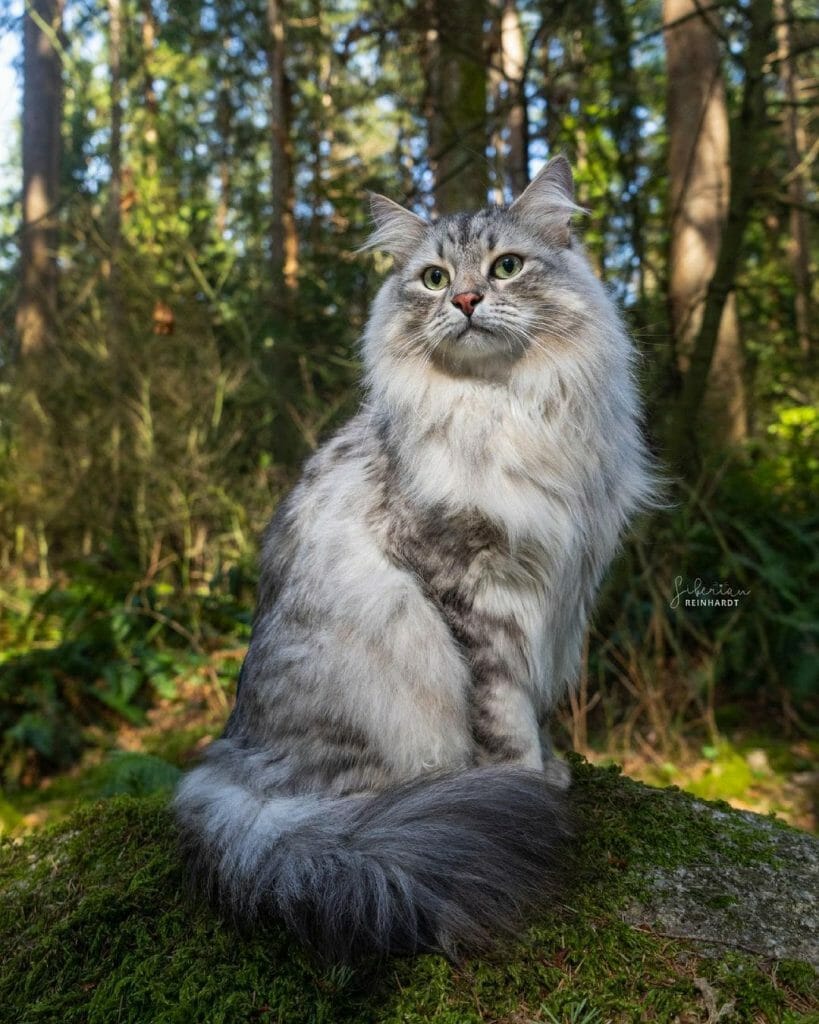

- He is the national cat of Russia!
- He is also referred to as a Moscow Semi-Longhair.
- Siberian cats started to be exported during the Cold War.
- He is an excellent jumper who loves to play in the water.
- Siberian cats are generally a quiet breed.
Ragdoll
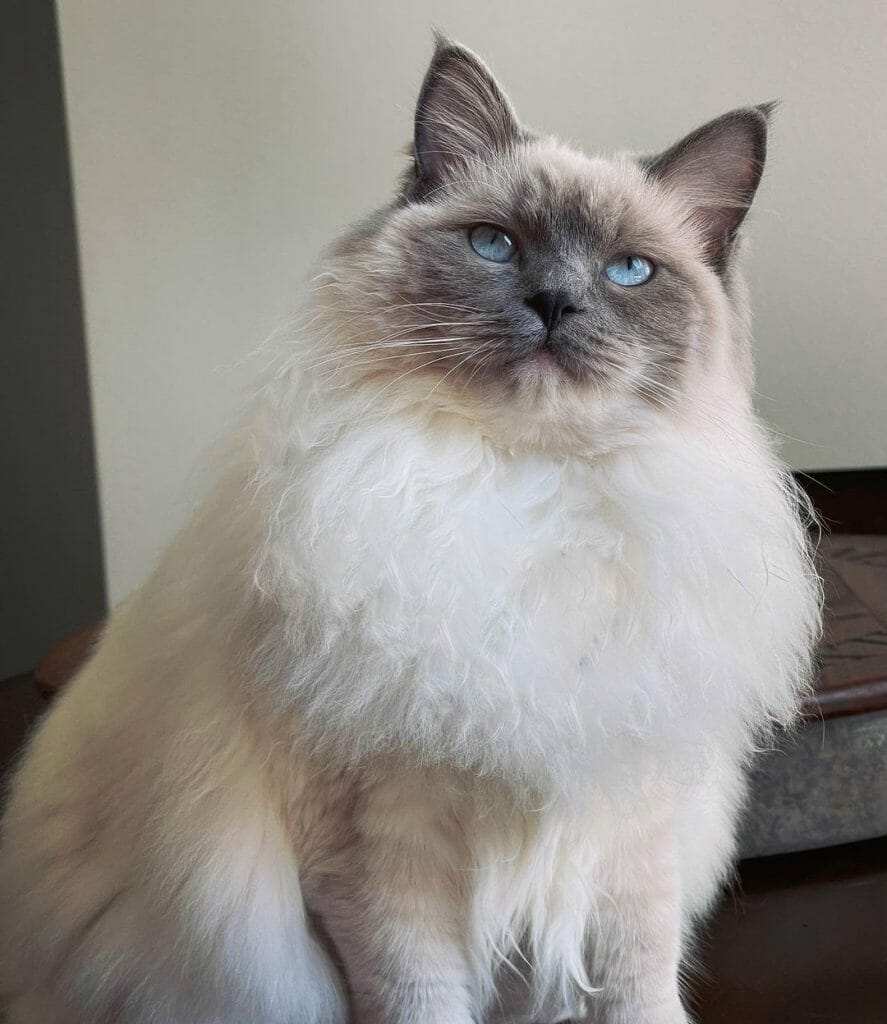

- Ragdoll kittens are born all-white.
- It takes them 4 years to fully grow.
- They all have sparkling blue eyes!
- Ragdolls love the water too!
- They are called puppy-like cats.
Which Cat Suits You Best?
If we base it on looks, there isn’t much difference between the Siberian and the Ragdoll cat. They are both elegant-looking, furry, and soft in the eyes. It is in the behavior department where they will have a stark distinction. Siberian cats are free-spirited and playful while Ragdolls are more laid-back and calm.
Whichever of the two domesticated cats you decide to get, at the end of the day, there isn’t such a thing as a better cat breed. Perhaps, it is more about being the best owner to own a certain feline!
